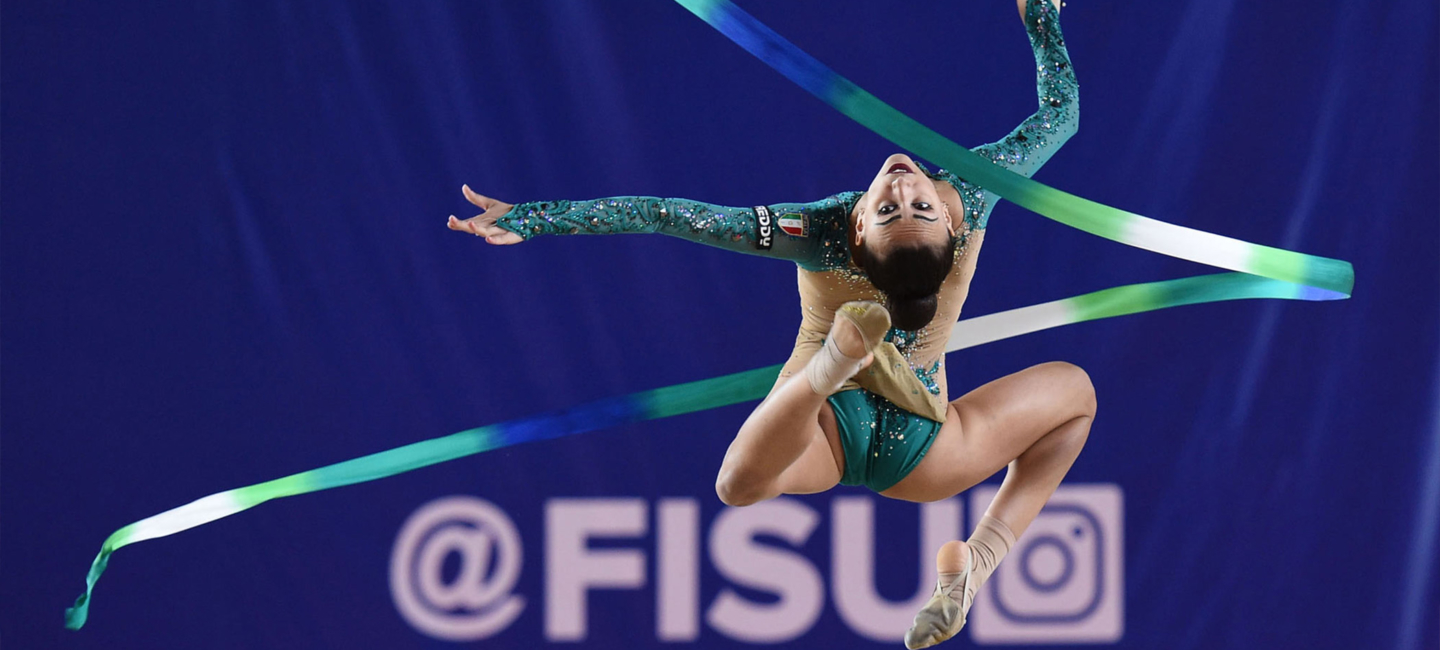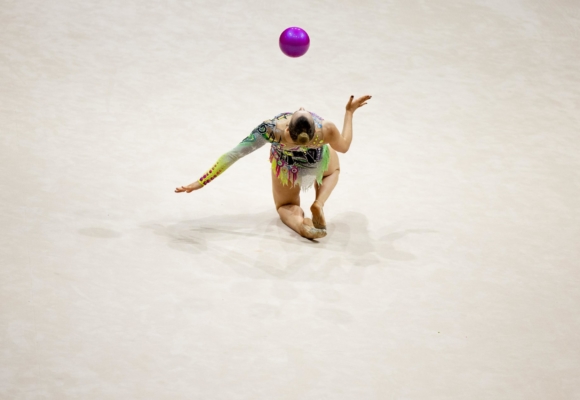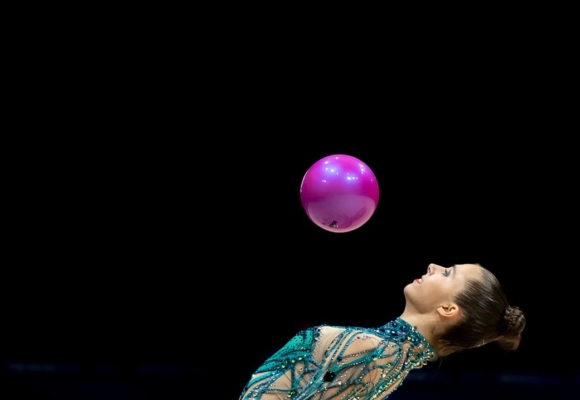Grace and beauty are what best describes a Rhythmic Gymnastics competition. Up to now it is the only compulsory women-only discipline in the programme of FISU events. Rhythmic Gymnastics is without any doubt the preferred discipline by the audience as the fans are coming in droves to the see competition.
News
All newsEvents
FISU Technical Committee Chair
 sui
sui
Resources
History of Rhythmic Gymnastics in FISU
Rhythmic gymnastics combines ballet and creative movements to music, while working with ribbons, balls, hoops, ropes and clubs in a choreographed dance-and-tumble routine. Grace and beauty are what best describes a rhythmic gymnastics competition. All exercises are done on the floor in different routines and music. Rhythmic gymnastics first appeared during the 19th century and slowly grew in popularity until the first competitions were staged in the Soviet Union in the 1940s. Due to increasing prominence, the first individual rhythmic gymnastics world championship was held in 1963 in Budapest, just two decades before it made its Olympic debut in Los Angeles in 1984.
This step was also essential for its inclusion in the programme of the Summer Universiade, where rhythmic gymnastics was added in 1991 during the Universiade in Sheffield (GBR). Nineteen gymnasts participated in this very first FISU rhythmic gymnastics event and Asian dominance was unequivocal with the athletes from North Korea taking gold medals in all events. The increasing number of gymnasts and their excellent performances provided rhythmic gymnastics the opportunity to join the list of compulsory sports. Up to now it is the only compulsory women-only discipline in the programme of FISU events.
This remarkable evolution of rhythmic gymnastics in FISU can also be seen in the quality of competition. The FISU events provide athletes a platform to prepare for major FIG and / or Olympic events and many well-known champions from Ukraine, Russia and Belarus came to participate under the FISU five stars: Natalia Godunko, Irina Tchatchina, Anna Bessonova, Eugenia Pavlina and Maria Petrova are just few of the names to mention. With this in mind, it is by no means utopian to affirm that university rhythmic gymnastics is a major element in world rhythmic gymnastics.
Minimum Requirements for Rhythmic Gymnastics
With the approval of the Gymnastics CT, the Organising Committee must provide, for exclusive use, an indoor sports arena to house all competition and training facilities for rhythmic gymnastics. The FIG regulations must be followed.






